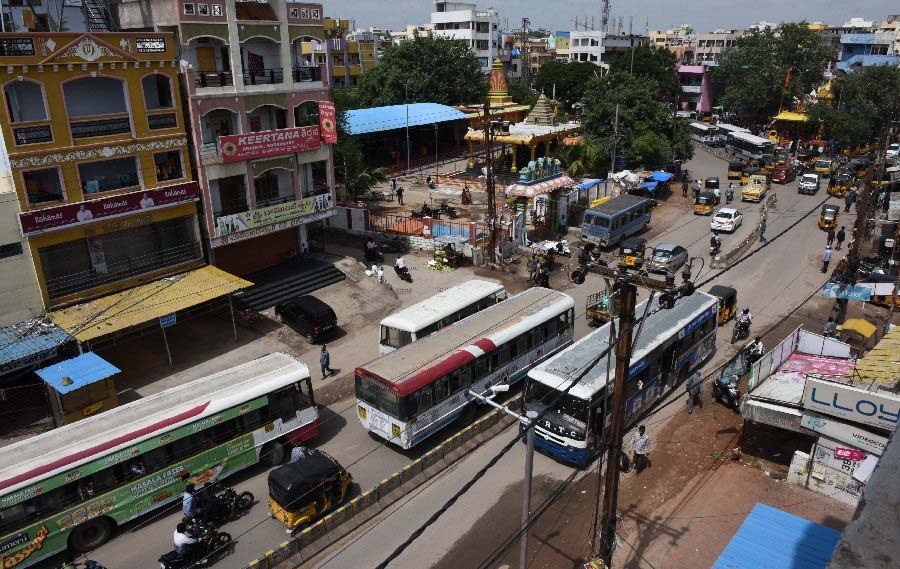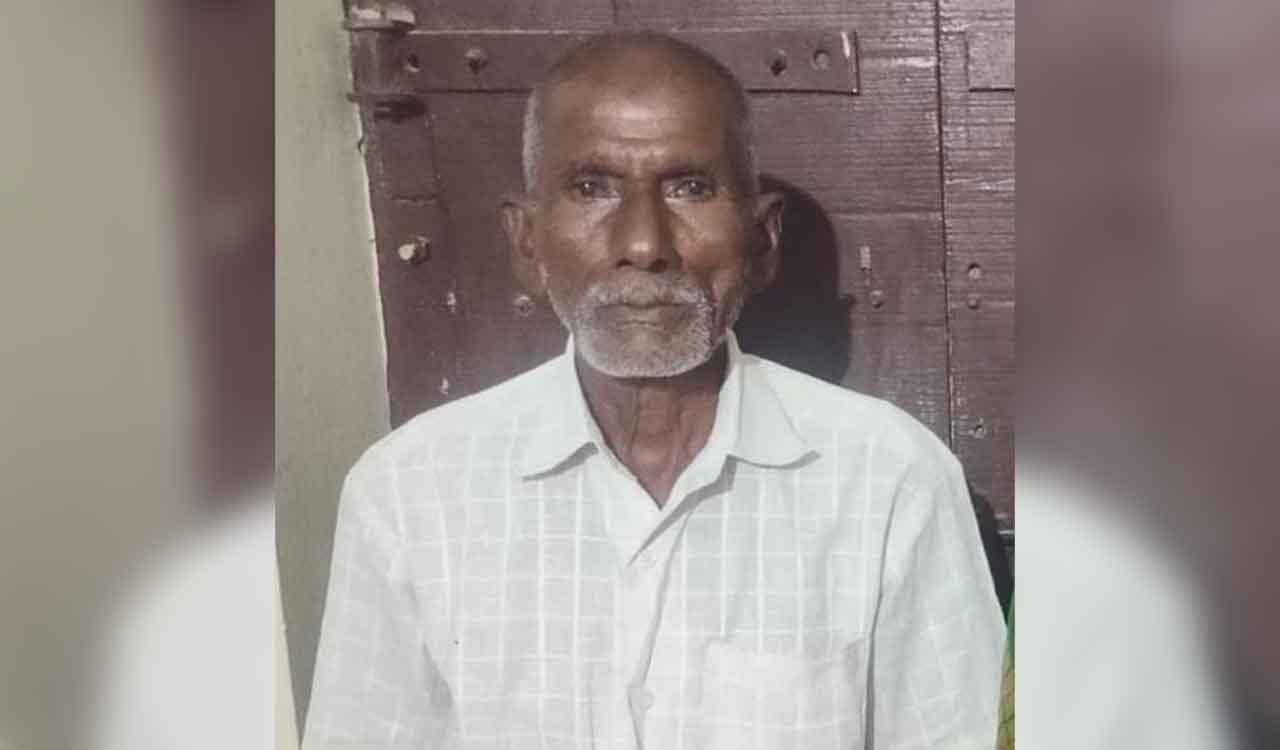Rain fury
The GHMC has a major task on hand as only 15% of the city's roads have stormwater drains

The havoc wreaked by a torrential downpour, with Hyderabad receiving an all-time record of 21 cm rainfall, has posed a big challenge to the municipal authorities who are stretching every nerve to provide succour to the affected people in inundated localities. The scale and severity of the rain fury have been unprecedented, though Hyderabad is no stranger to heavy downpour and flash floods. Over 35 places in the city received more than 21 cm rainfall, leading to inundation of over 120 localities. This is the highest ever rainfall recorded in October, beating the previous record of 11.7 cm in 1903. The battering has laid bare the vulnerabilities of the city’s drainage system, which was designed to handle only 12 mm of rain per hour. Large-scale illegal constructions over the drains, encouraged in the combined Andhra Pradesh in the past, block the natural flow of rainwater, thereby choking the system and leading to flooding. An expert committee, constituted after the devastating flooding in August 2000, had identified 13,500 illegal constructions on lake beds. This, coupled with poor sewage and waste management, had resulted in reduced holding capacity of the city lakes. It is a legacy problem that needs to be fixed by modernising the drainage system, a task that has already been taken up in right earnest. The government has announced an outlay of Rs 300 crore to cap all drainage channels. It now needs to expedite the task.
The location of Hyderabad makes it vulnerable to flash floods because of the urban heat island (UHI) effect, a kind of heat accumulation phenomenon within the urban areas due to construction and human activities. Since this can be countered by massive plantation, the government undertook the ‘Haritha Haram’ programme in a mission mode with over 50 lakh saplings being planted in the city. Stormwater drains, constructed during the Nizam’s era, were meant for a population of five lakh and a municipal area of 54 sq km but the city’s population has now crossed one crore and the area covers 625 sq km. The Greater Hyderabad Municipal Corporation (GHMC) has a major task on hand as only 15% of the city’s roads have stormwater drains. There is a need to double the number of manholes from the present two lakh, an exercise that will cost over Rs 1,200 crore. The master plan on developing an underground sewerage system also needs to be expedited to put an end to overflowing drains. The city has an aged drainage and sewerage system, with only 1,500 km of drain main canals and 2 lakh manholes, as against a requirement of 5,500 km of drain canals and 4.20 lakh manholes.
Now you can get handpicked stories from Telangana Today on Telegram everyday. Click the link to subscribe.
Click to follow Telangana Today Facebook page and Twitter .
Related News
-
Hyderabad auto driver foils attempt to kidnap young woman, five held
-
Sandhya Theatre stampede case: Allu Arjun questioned for 3 hours by Chikkadpallly police
-
Telangana: TRSMA pitches for 15% school fee hike and Right to Fee Collection Act
-
Hyderabad: Organs of 74-year-old man donated as part of Jeevandan
-
Save future of Telangana NEET PG aspirants, IMA writes to CM Revanth Reddy
40 mins ago -
Telangana techie loses Rs 4.15 lakh to online gold trading fraud
1 hour ago -
Hyderabad: Couple working as house help at doctor’s residence held for theft
1 hour ago -
Haiti gang attack on journalists covering hospital reopening leaves 2 dead, several wounded
3 hours ago -
21 dead as Mozambique erupts in violence after election court ruling
4 hours ago -
Cartoon Today on December 25, 2024
11 hours ago -
Former Home Secretary Ajay Kumar Bhalla appointed Manipur Governor, Kerala Governor shifted to Bihar
12 hours ago -
Opinion: The China factor in India-Nepal relations
13 hours ago




